
Guitar and Bass Cases
United States MCI Price List - May 1982
It may be surprising to some, but Daion branded cases were sold separately from the instrument (see prices in period above and below). Because of this many Daion instruments were originally sold with third party cases. It is also not uncommon to have Daion case serial numbers (if still intact, the label will be located on the bottom edge of the case) not match the serial number of the instrument. How does this happen? The prevailing thought is that the salesperson in a music store at the time of original sale may not have bothered to find the case whose serial matched the guitar or bass, but rather grabbed the first one that fit. We’ve also seen PowerMark electrics sold in Savage cases (perhaps these were the only cases left in stock). Having an original branded case can add hundreds of dollars to the value of a Daion guitar or bass.
We’ve added this page so you can determine if the case that you have (or one that is being advertised) is in fact “original.” If Daion is silk screened on the outside of the case (as seen in the examples below), it’s undoubtedly original. Daion branded cases were made even for the exotic models like THE ‘80W double neck acoustic and Mark-XB2 double neck bass. Cases with the Daion logo silk screened on the outside started showing up by 1980. If you have a Yamaki made Daion acoustic produced in the late 1970s, it could have been originally delivered in a non-branded case that is black outside and yellow/orange inside.
Depending on the model it was designed for, cases can come in many colors - black, green, or a brown/burgundy color. The interior material can be shades of yellow, orange, brown, or silver. The Daion logo could be silk screened in gold or silver. Early PowerMark X and XX guitars (first series, square bodied, ‘79 / ‘80 construction) could have shipped in cases that were used for early Washburn wing series guitars or in a red plastic molded hard case with odd foam inserts that has “POWER” silk screened in white on the outside.
NOTE: Measurements below are approximate and can easily vary by a 1/2 inch! Additional case examples will be added as instruments are photographed.
United States MCI Price List - January 1984
Dreadnaught
W-B1 (Six String) / 12F-B1 (12 String)
6 String: Length 43”, Upper Bout 13.5”, Lower Bout 17.25”, Height 6.25” (measured from BIT Series Case)
12 String: Length 44”, Upper Bout 14”, Lower Bout 17.5”, Height 6.25” (measured from The Year ‘80/12 Case)

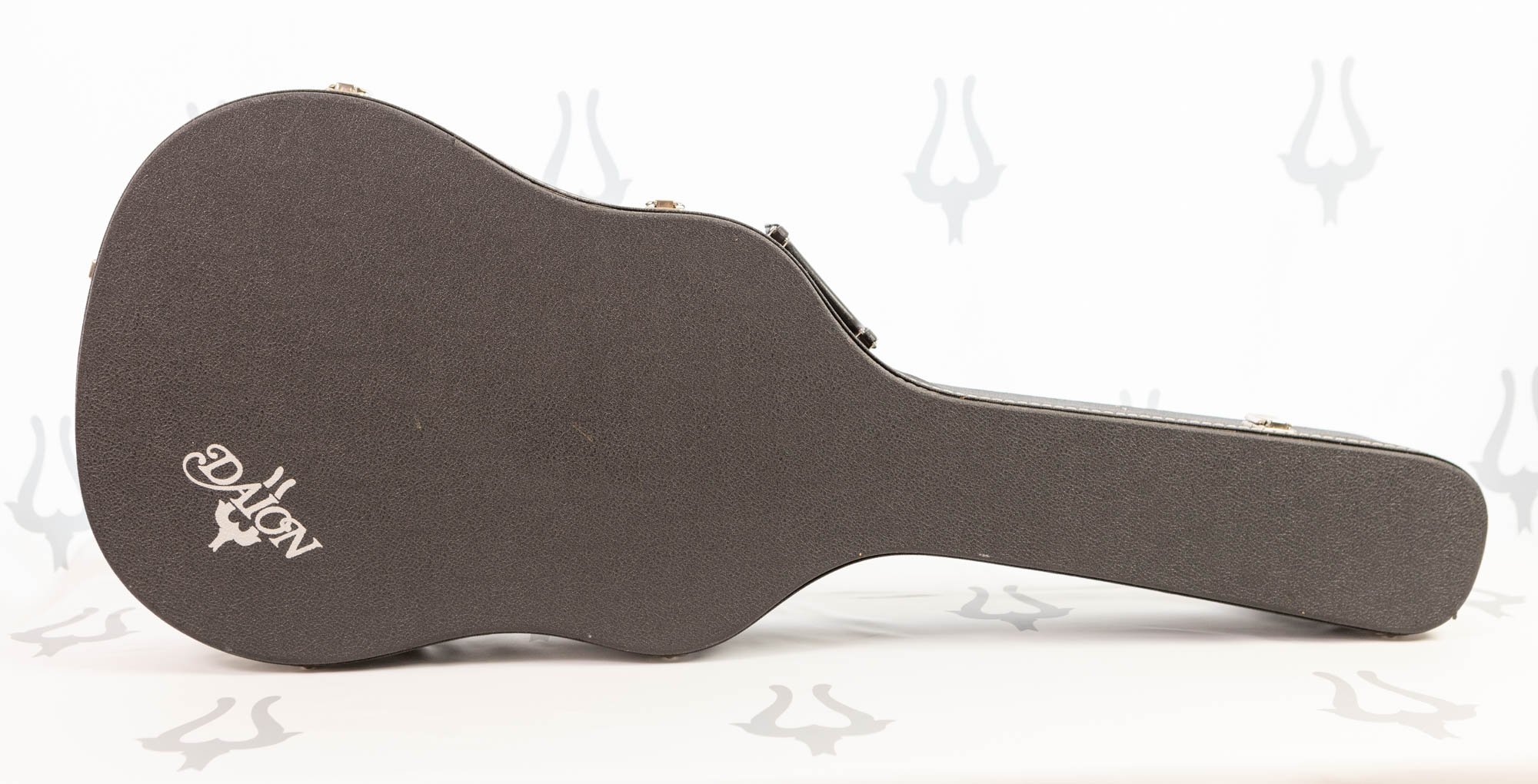





The Year Series ‘81 (Caribou & Gazelle)
AR ‘81 BR
Length 44.5”, Upper Bout 14.5”, Lower Bout 17.5”, Height 5.5”






The Year Series ‘82
AR ‘82 BR
Length 46.25”, Upper Bout 14.5”, Lower Bout 18.5”, Height 6.25”






Legacy Series
LC-B1
Length 42.5”, Upper Bout 11.5”, Lower Bout 17.”, Height 6.25”






HEADHUNTER HH-555
AR-HH-BR / HC 555
Length 46”, Upper Bout 13.5”, Lower Bout 18”, Height 4.75”






SAVAGE Guitar
S-B1 (Green)
Length 40”, Upper Bout 11”, Lower Bout 14.5”, Height 3.75”





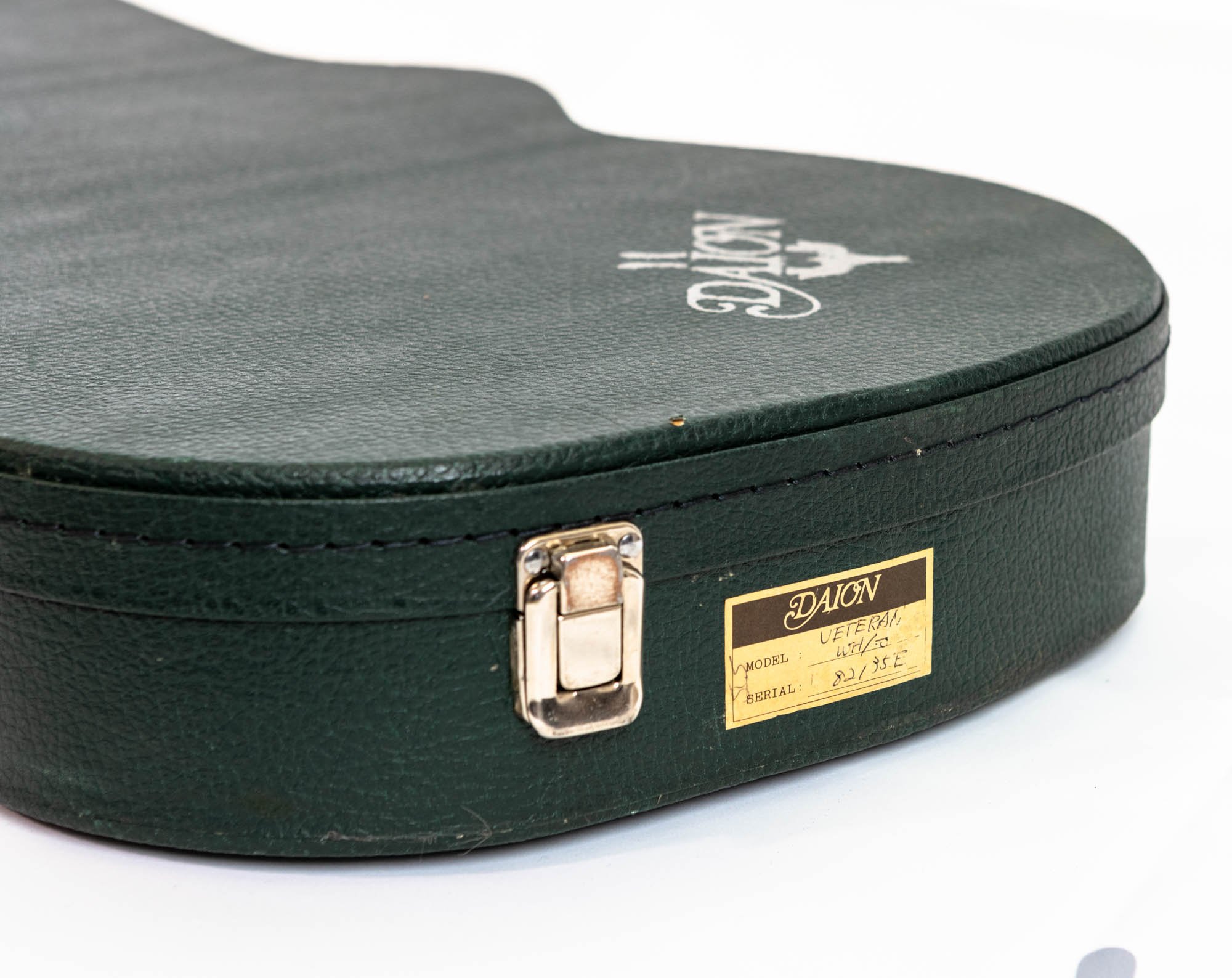
SAVAGE Guitar
S-B1 (Brown)
Length 40”, Upper Bout 11”, Lower Bout 14.5”, Height 3.75”
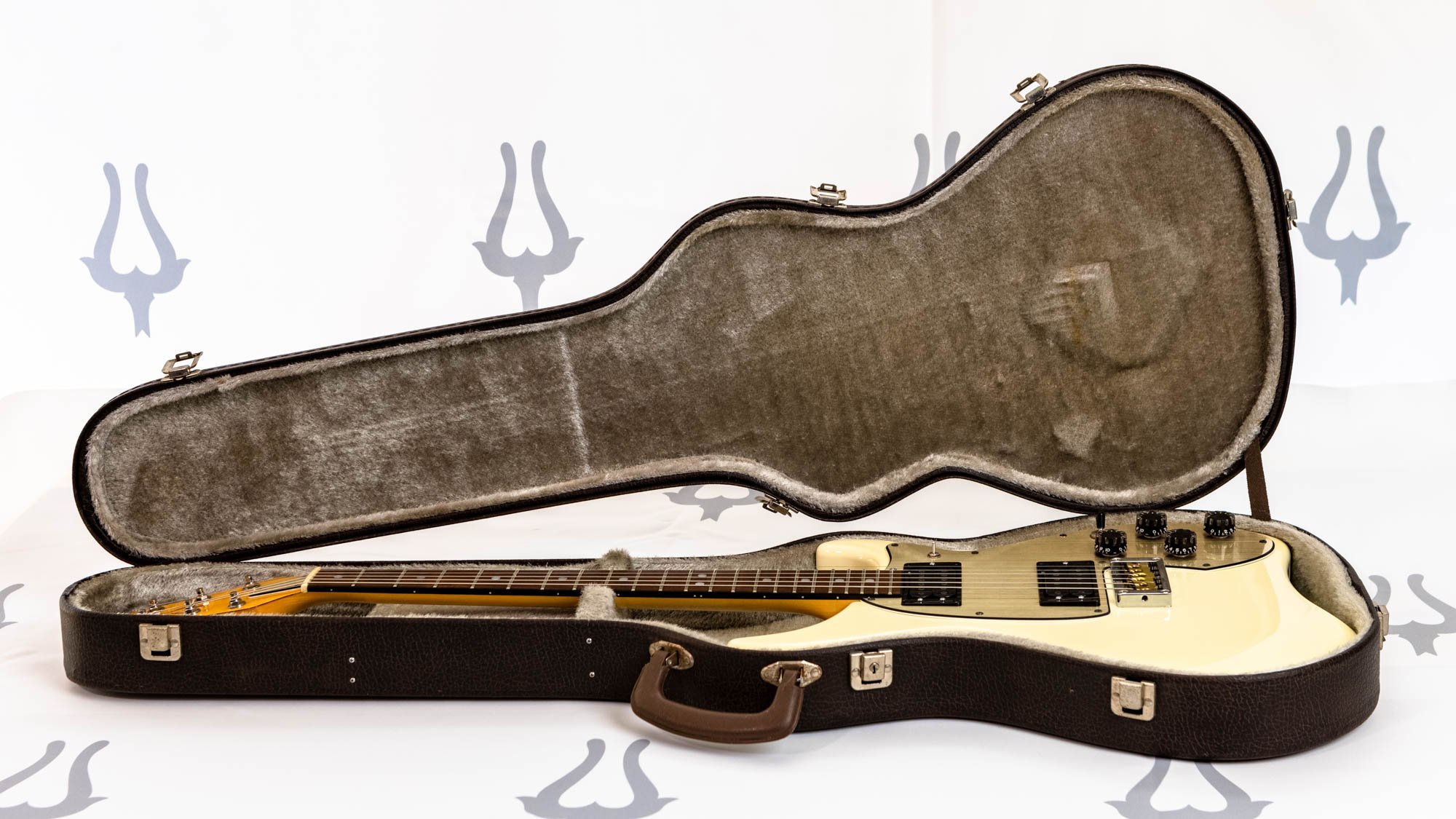





SAVAGE Bass
SB-B1 (Green)
Length 47”, Upper Bout 12”, Lower Bout 14.75”, Height 3.75”


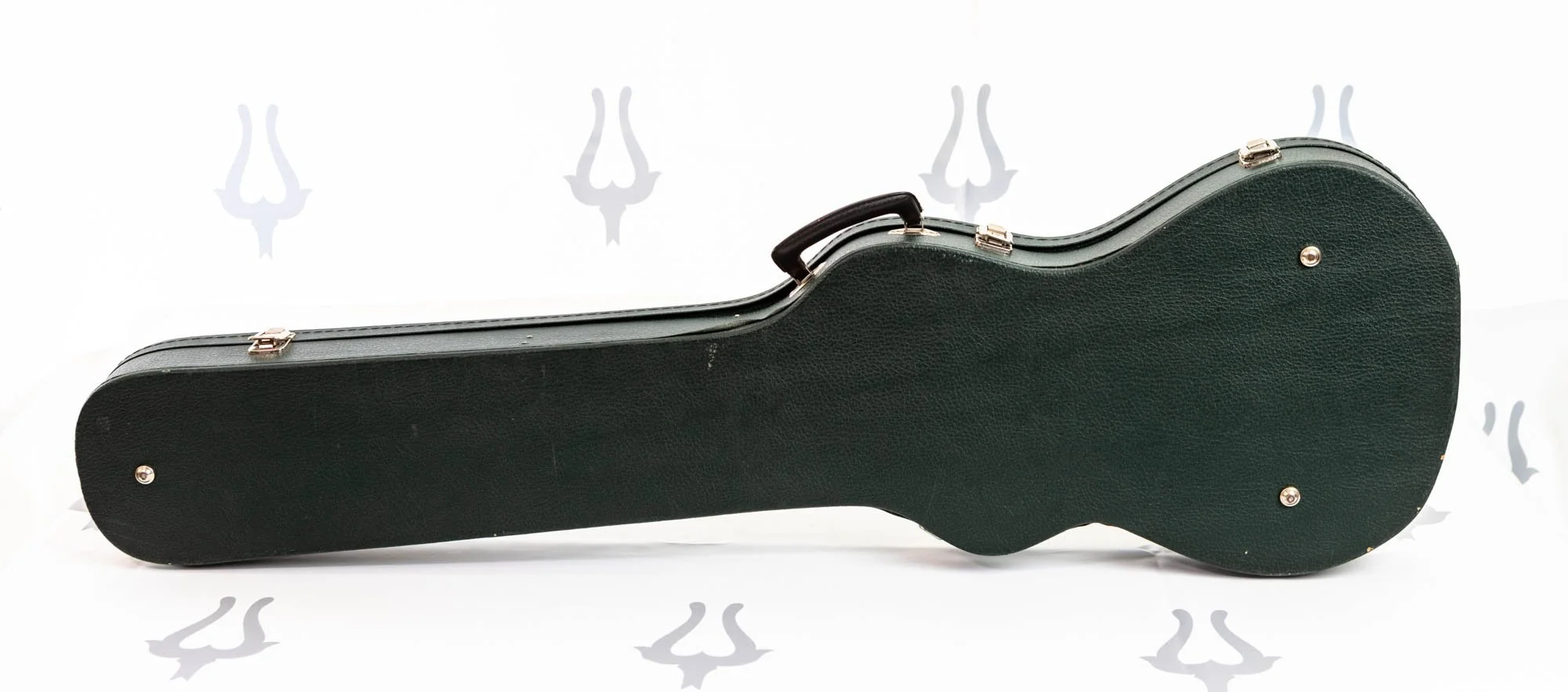



SAVAGE Bass
SB-B1 (Brown)
Length 47”, Upper Bout 12”, Lower Bout 14.75”, Height 3.75”






POWER Bass
PC100B (Brown)
Length 48”, Upper Bout 12.5”, Lower Bout 15.5”, Height 4”







POWER Bass
PC100B (Green)
Length 48”, Upper Bout 12.5”, Lower Bout 15.5”, Height 4”







First Generation POWER Series
Red (not listed in any catalog)
Length 41.75”, Width 14.5”, Height 4”



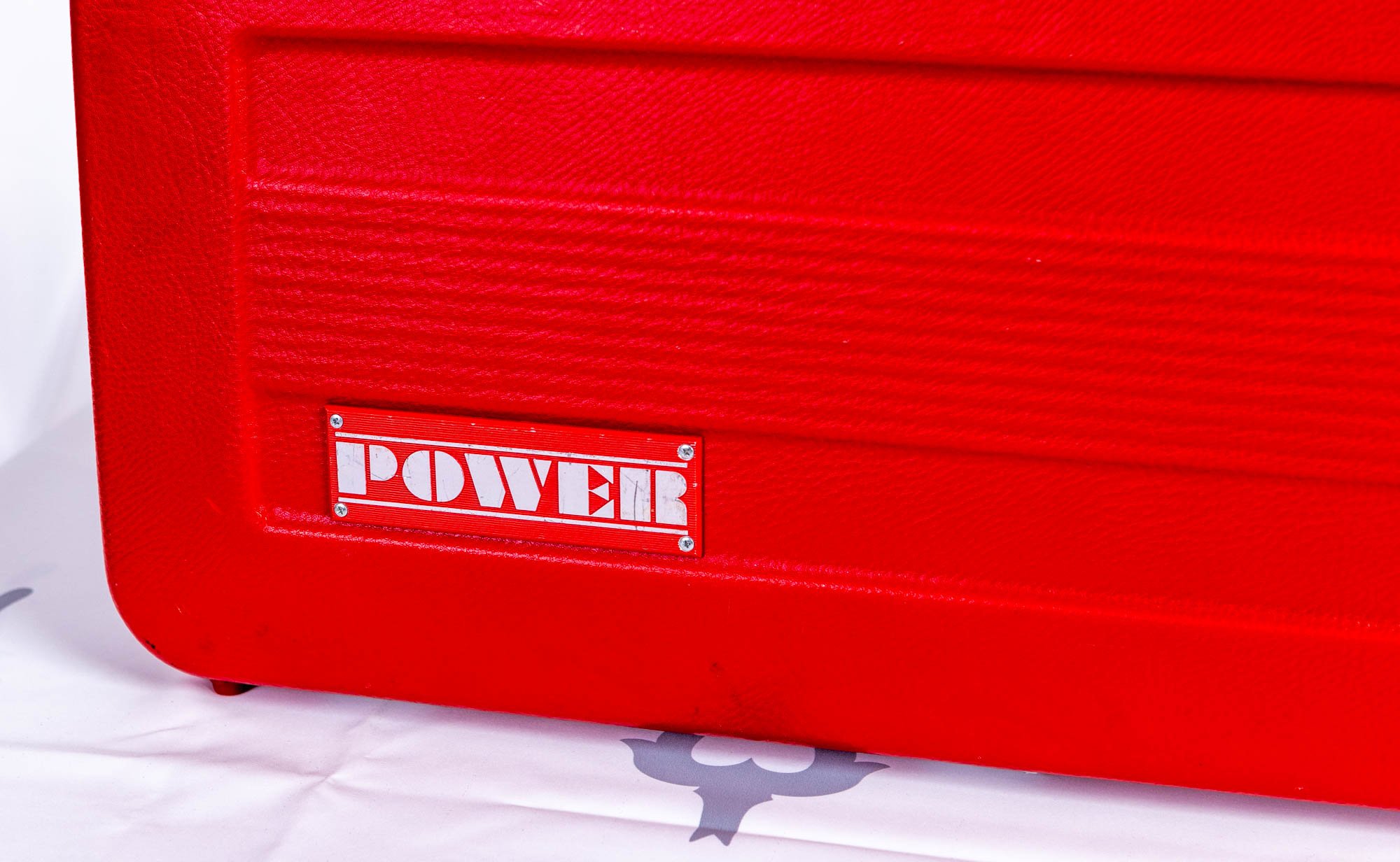


Mark XXV
Brown (not listed in any catalog)
Length 41”, Upper Bout 12.5”, Lower Bout 14.25”, Height 3.5”





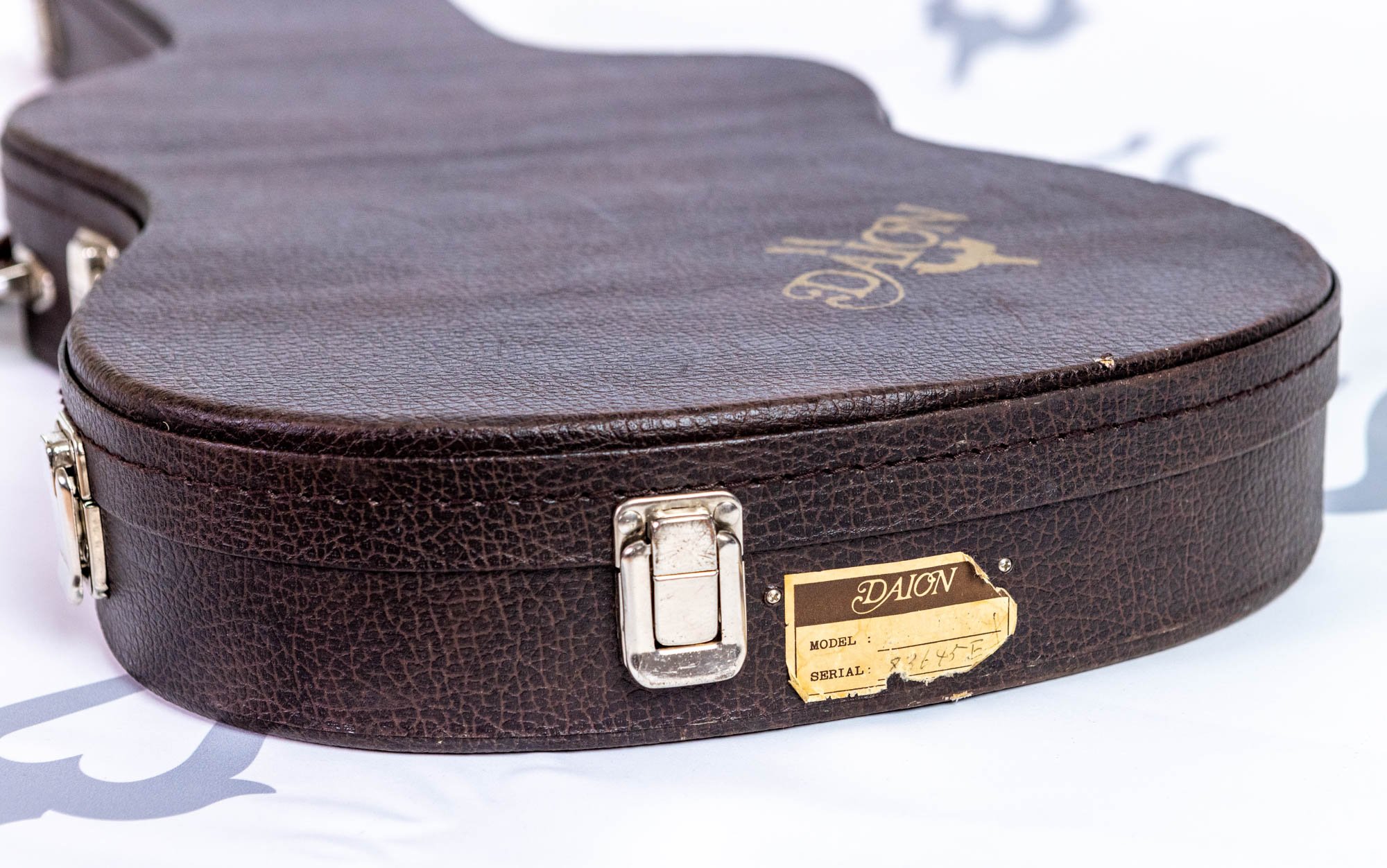
POWER Guitar
PC100 (Green)
Length 41.5”, Upper Bout 11.5”, Lower Bout 15.25”, Height 4”






POWER Guitar
PC100 (Brown)
Length 41.5”, Upper Bout 11.5”, Lower Bout 15.25”, Height 4”






Mandolin
Black (not listed in any catalog)
Length 30”, Upper Bout 8.5”, Lower Bout 12.25”, Height 4.5”





THE ‘80
Length 43.5”, Width 18”, Height 6.5”






